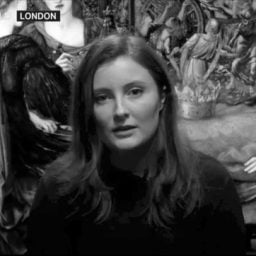On View
The Cyborgian Life Forms of Anu Põder Touch Down at Muzeum Susch
Curator Cecilia Alemani has called the work "sensual, erotic... and at the same time violent."
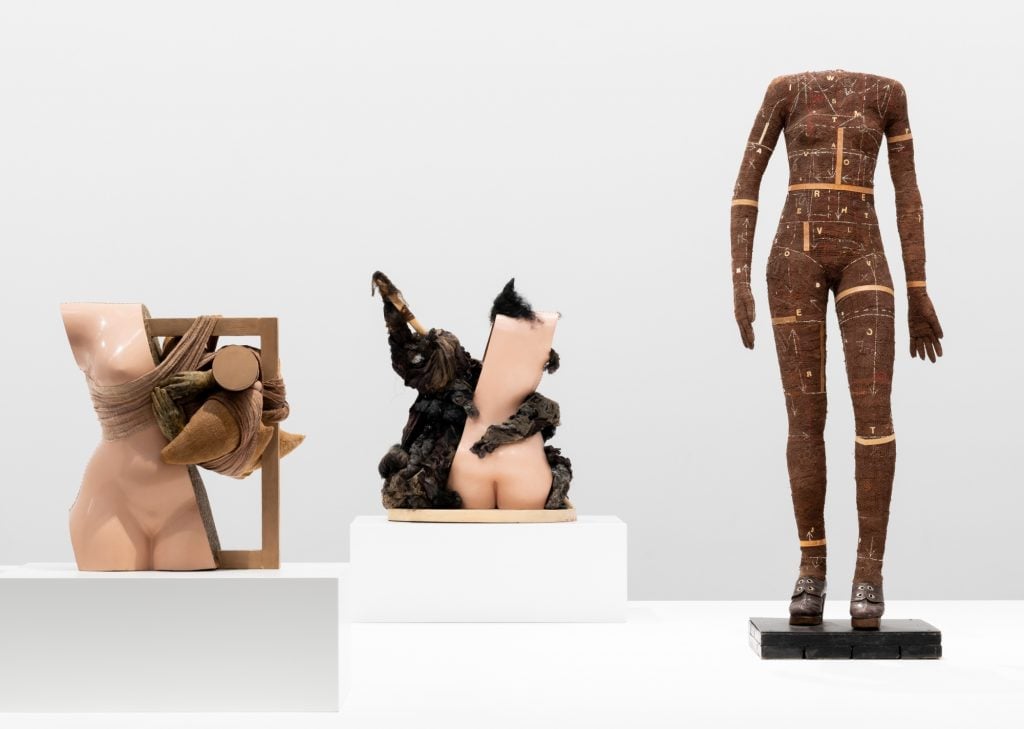
Although the sculptor and installation artist Anu Põder has had an outsize influence on the contemporary art scene in her native Estonia, she remains relatively little known beyond its borders. All the while, some of the country’s hottest young talents, including Kris Lemsalu and Edith Karlson—the latter will represent Estonia at this year’s 60th Venice Biennale—have cited her highly experimental work as a major influence on their own practices. Now, a decade after her death in 2013, Põder’s work has finally arrived on the international stage.
Her first survey show outside of Estonia is at Muzeum Susch in Switzerland until June 30; over 40 works spanning from the late 1970s to the 2000s have been brought together by Cecilia Alemani. The star curator behind The Milk of Dreams, the main exhibition at the 59th Venice Biennale, discovered the Estonian sculptor during her research. Her concept for the 2022 exhibition “revolved around ideas of metamorphosis and transformation, and how the human body is impacted by the machine and by the introduction of new technologies.”
It is for this reason that Põder’s dolls, mannequins, and busts particularly caught Alemani’s eye. She saw them as “cyborgian constructions that brought together past and future, merging “poor” materials like burlap and wood with very futuristic ones, like pink plastic sheets used for medical purposes and epoxy [resins].” Highly resourceful, Põder was known for making use of materials that were cheap and readily available; these soft materials are particularly effective for the exploration of psychological and corporeal experiences.
Born in 1947, Põder grew up under the Soviet regime, which started after World War II and ended with Estonia’s liberation in 1991. Her highly avant-garde experiments with material went against the grain of the local art scene and she stayed on the fringes of the global contemporary art world. Compared to other artists of her generation, Põder faced unique challenges as a single mother of three and she worked in relative isolation.
“They are sensual, erotic works and at the same time violent,” according to Alemani. “They depict fragmented, amputated female torsos intersected with amorphous appendages. The body becomes a site of experimentation limbs are twisted, postures are never straight, bodies are embracing and interlocking, and hard materials meet crumbling elements.”
“Anu Põder: Space for My Body” is remains on view at Muzeum Susch until June 30, 2024. Check out more works from the show below.
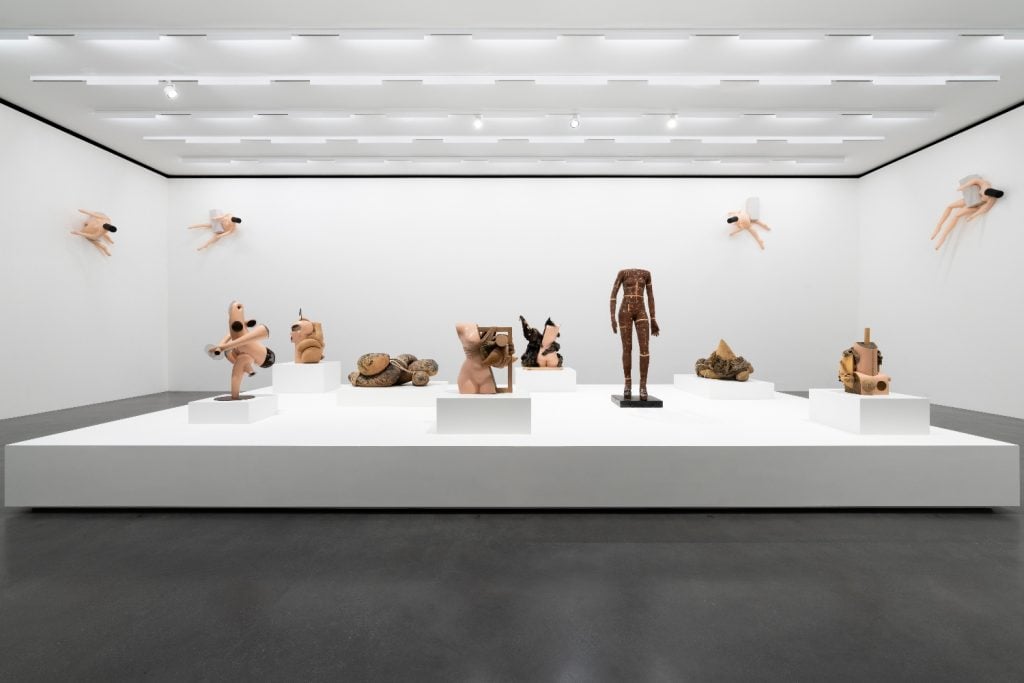
Installation view of “Anu Põder: Space for My Body” at the Muzeum Susch. Photo: Federico Sette, courtesy of Muzeum Susch Art Stations Foundation.
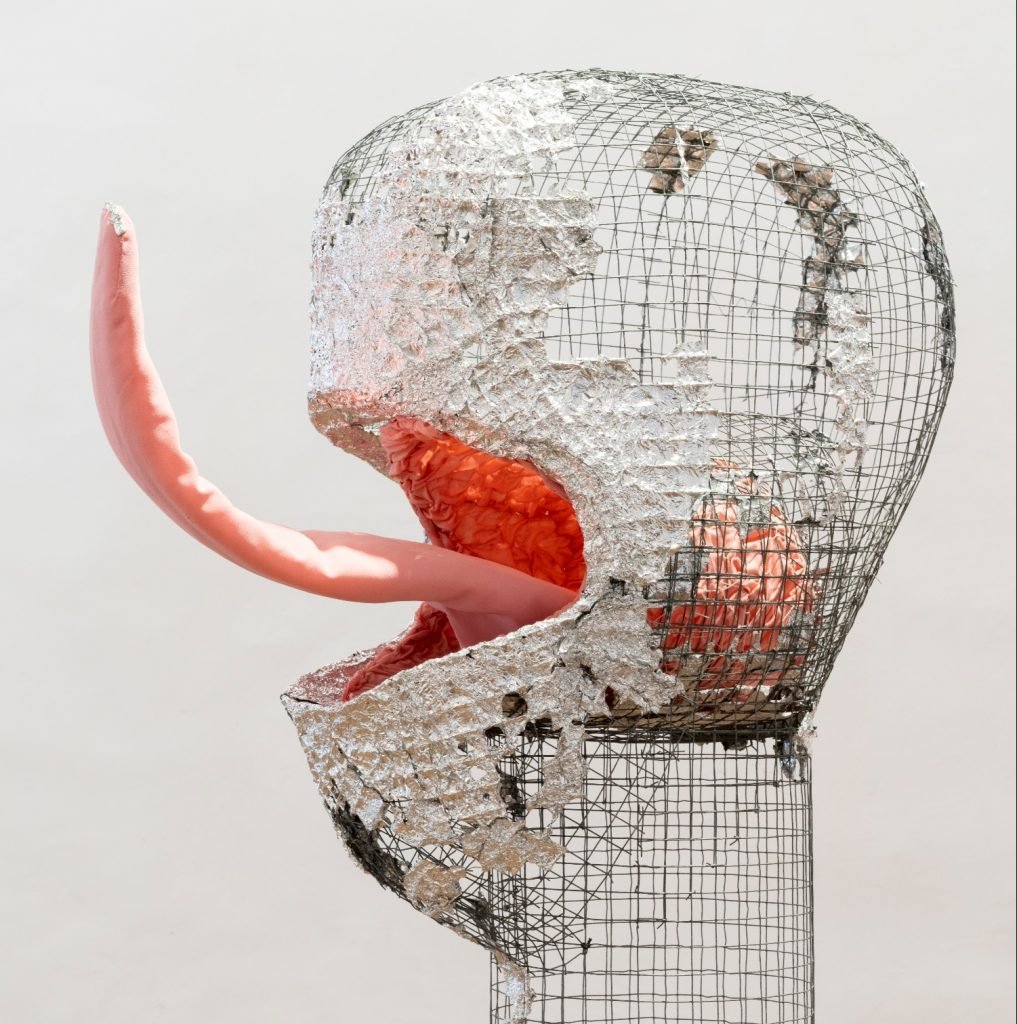
Anu Põder, Lickers (1994) in “Anu Põder: Space for My Body” at the Muzeum Susch. Photo: Federico Sette, courtesy of Muzeum Susch Art Stations Foundation.
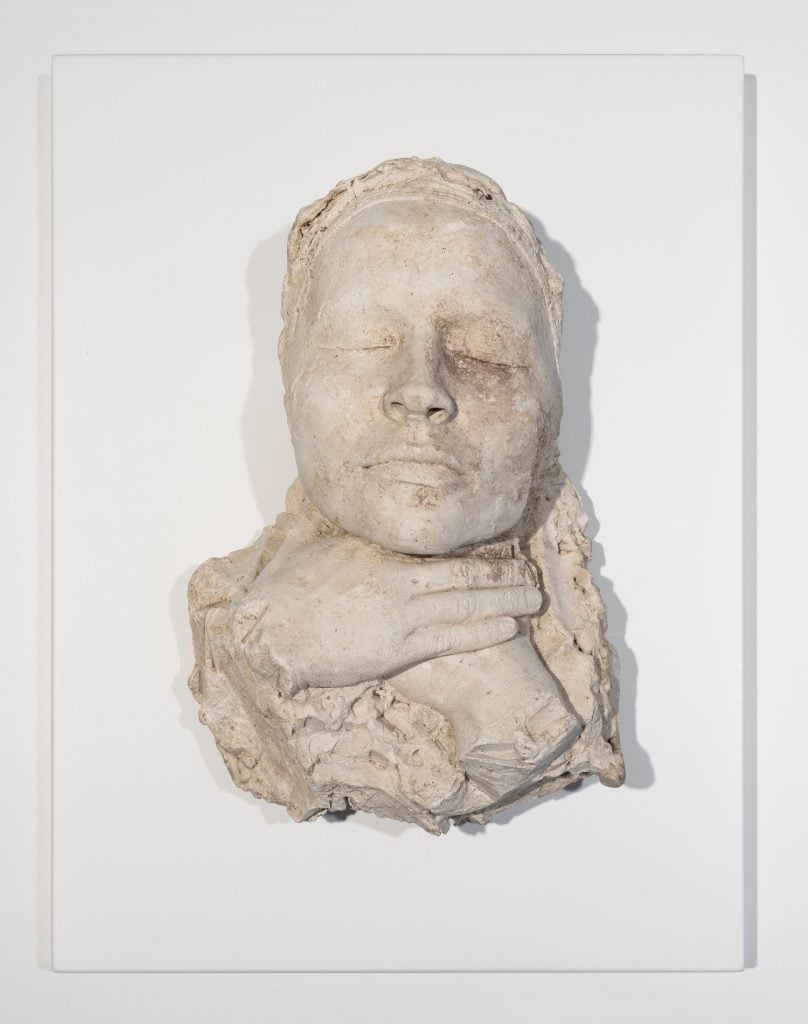
Anu Põder, Study for a Self-Portrait (late 1970s) in “Anu Põder: Space for My Body” at the Muzeum Susch. Photo: Federico Sette, courtesy of Muzeum Susch Art Stations Foundation.
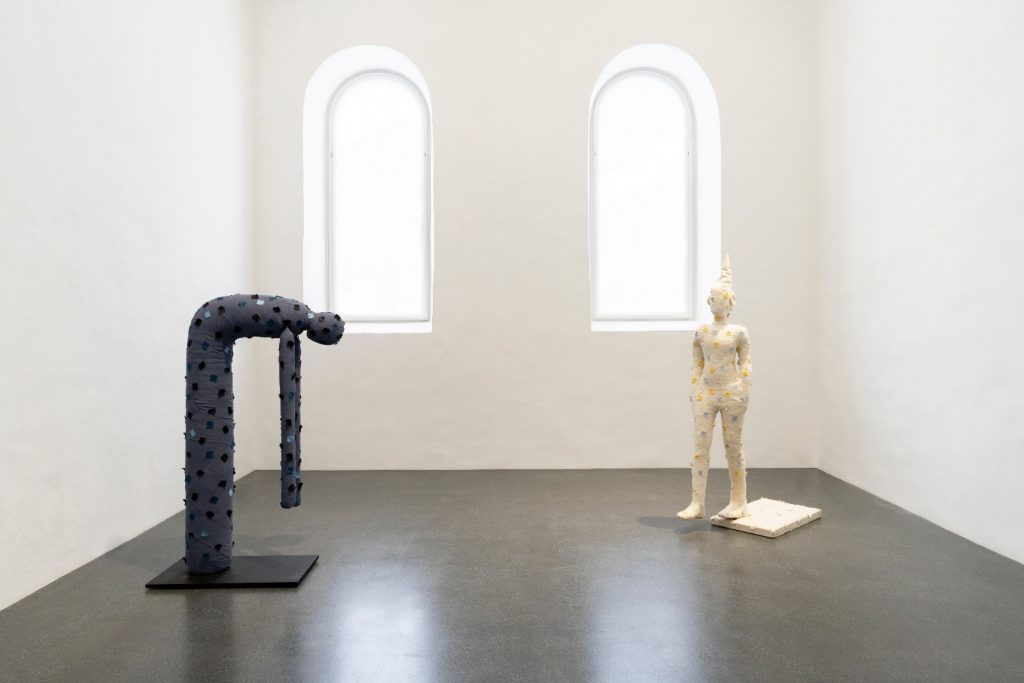
Anu Põder, Composition with Hanging Hands and Light Stuffed Figure (both 1992) in “Anu Põder: Space for My Body” at the Muzeum Susch. Photo: Federico Sette, courtesy of Muzeum Susch Art Stations Foundation.
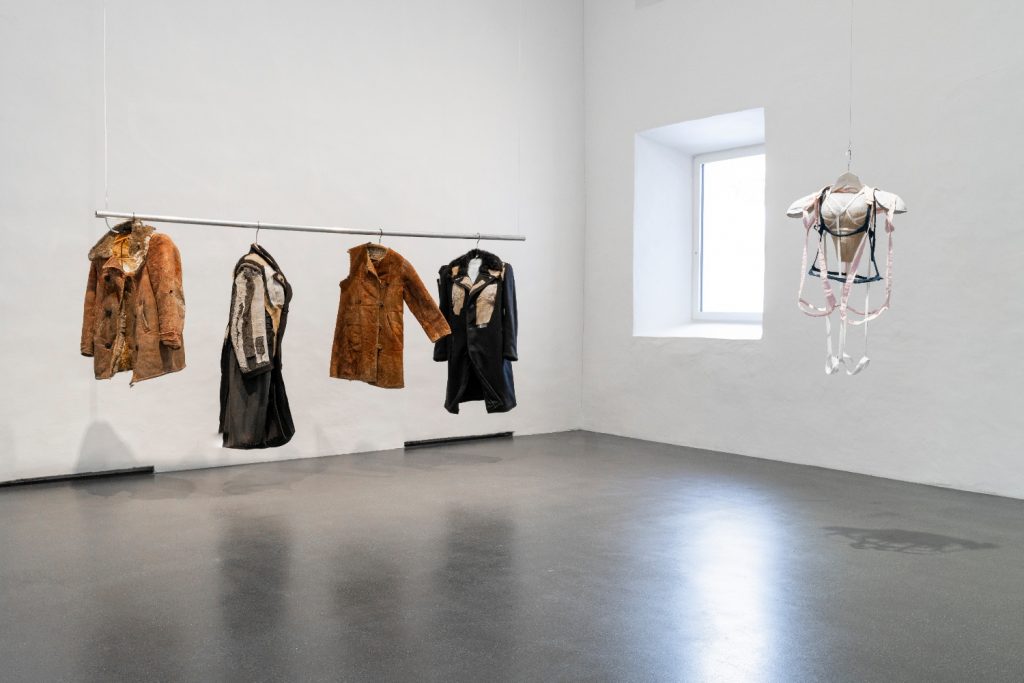
Anu Põder’s Pattern as Sign. Coats (1996) in “Anu Põder: Space for My Body” at the Muzeum Susch. Photo: Federico Sette, courtesy of Muzeum Susch Art Stations Foundation.
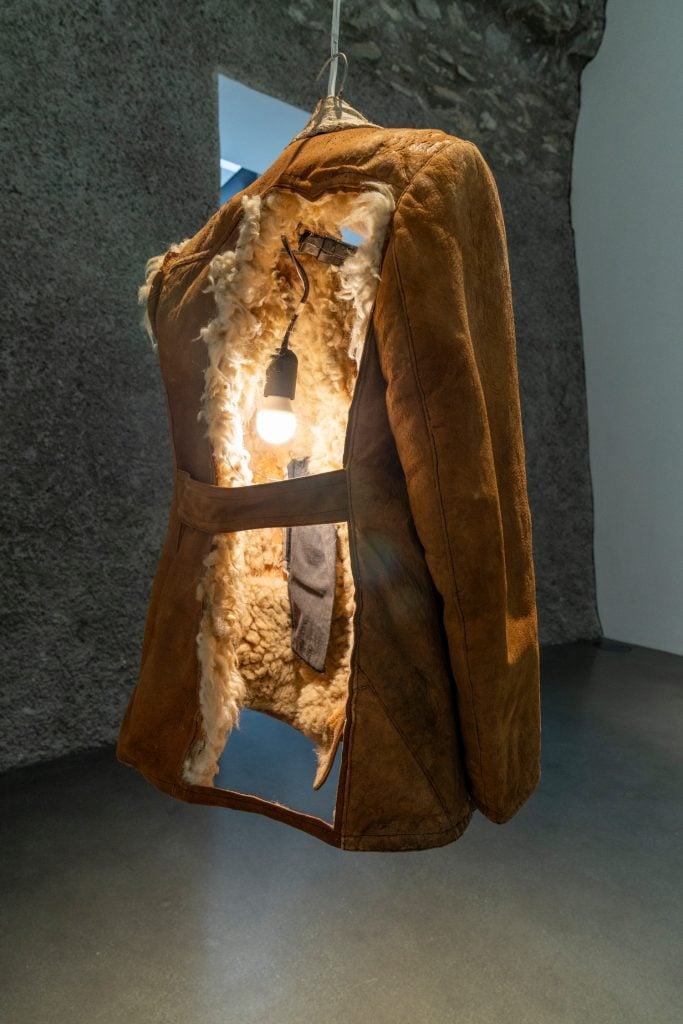
Anu Põder’s Pattern as Sign. Fur Coats (1996) in “Anu Põder: Space for My Body” at the Muzeum Susch. Photo: Federico Sette, courtesy of Muzeum Susch Art Stations Foundation.
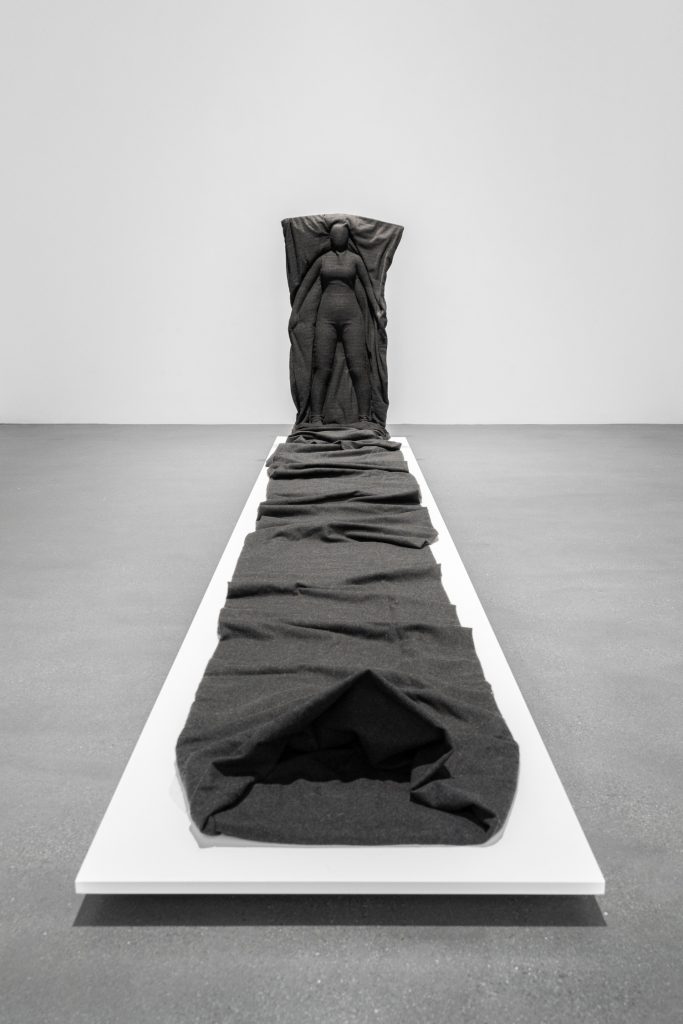
Anu Põder, Space for My Body (1995) in “Anu Põder: Space for My Body” at the Muzeum Susch. Photo: Federico Sette, courtesy of Muzeum Susch Art Stations Foundation.
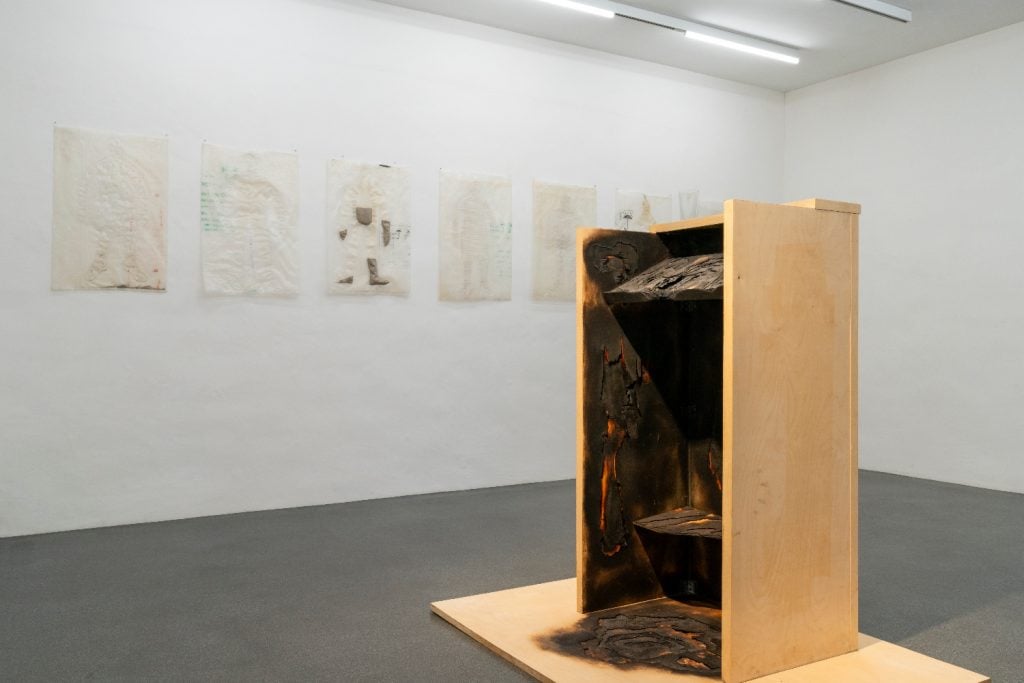
Anu Põder, Lectern (2007) in “Anu Põder: Space for My Body” at the Muzeum Susch. Photo: Federico Sette, courtesy of Muzeum Susch Art Stations Foundation.
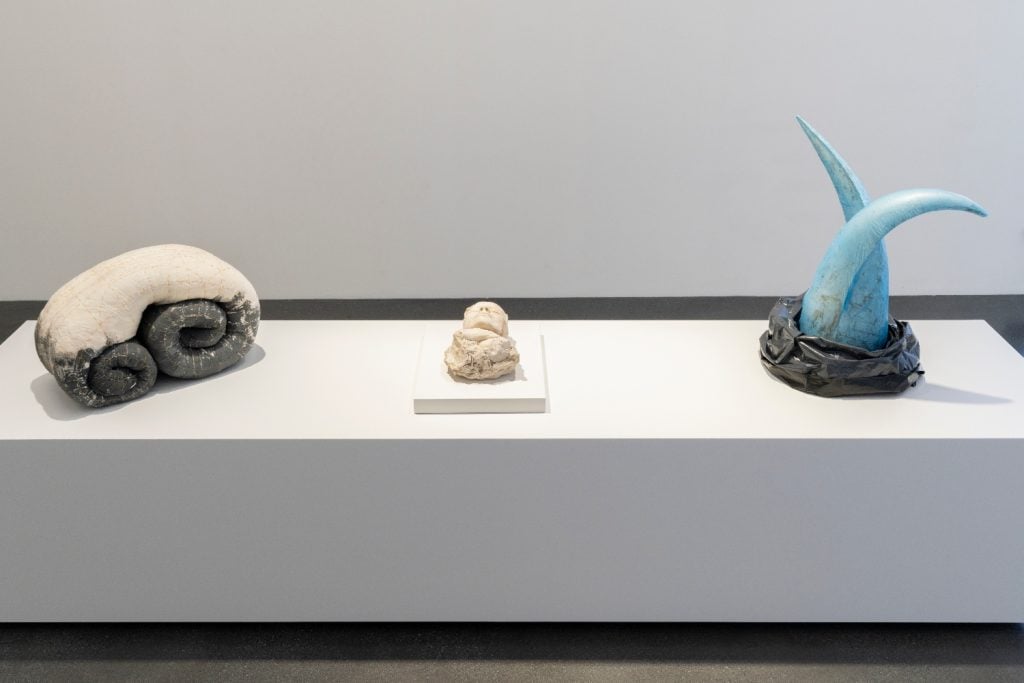
Anu Põder’s Rolled-up Figure and Spring ’92 (both 1992) in “Anu Põder: Space for My Body” at the Muzeum Susch. Photo: Federico Sette, courtesy of Muzeum Susch Art Stations Foundation.
More Trending Stories:
A Case for Enjoying ‘The Curse,’ Showtime’s Absurdist Take on Art and Media
Artist Ryan Trecartin Built His Career on the Internet. Now, He’s Decided It’s Pretty Boring
I Make Art With A.I. Here’s Why All Artists Need to Stop Worrying and Embrace the Technology
Sotheby’s Exec Paints an Ugly Picture of Yves Bouvier’s Deceptions in Ongoing Rybolovlev Trial
Loie Hollowell’s New Move From Abstraction to Realism Is Not a One-Way Journey

